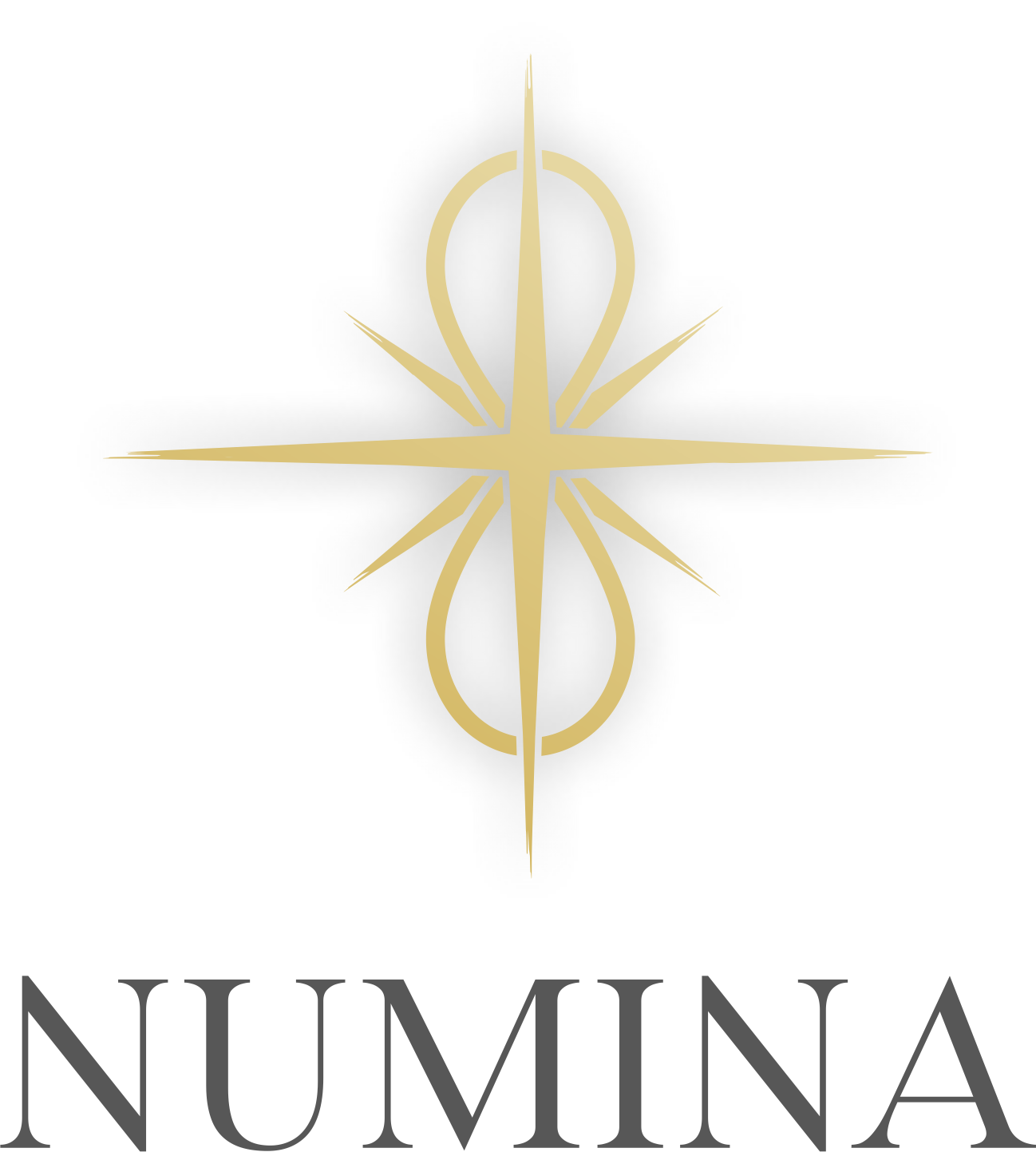One of my very FAVORITE topics to work with people on is “how to become a more masterful leader”. There is SO much to be learned, honed and developed. After all, EVERYTHING is relationships.
While there is a lot I could share on this topic, for today I wanted to talk about two distinct leadership styles (aka: skills) and how the SMALLEST shift might make a world of difference when it comes to handling challenges that come up in the workplace (or with clients!):
The first style I’ll call the DECLARED DOMINANT STYLE: When this style encounters a mistake, perceived mutiny in the workplace, or a challenging relationship dynamic it’s fast on the draw. In this style—the go- to tools are :Calling out, seeking to Control (micro-manage, anyone?) and Correcting the person or behavior.
The second style is the SLOWED DOWN STYLE: Meeting a challenge or mistake with loving curiosity. Asking the person to “Tell me more about ___________.” (hint: this has to be done with kindness, by the way…energy speaks louder than magic words.)
In observing those two styles at play in my experience——I’m actually not making one WRONG and one RIGHT. One better or one worse. I’m sure you could make a case for when each of them makes sense. Remember, the standard for success is EFFECTIVE or INEFFECTIVE.
I believe in having effective leadership tools makes a more skillful leader. There are times when the first leadership style could be considered effective at creating change. There are also times when it makes challenges WAY worse (and that doesn’t always mean that the OTHER person is a total jerk). It’s always the easy road to blame your team, blame the other person’s character or lack of responsibility. But a MASTERFUL leader considers, “What could I do to be a more effective leader here?”
To illustrate how these two styles play out, let me tell you a story of a little girl…
This little girl was your normal girl. Normal big feelings. She generally floated through her days with some free spirit and a smile. However, when she messed up, made wrong choices, etc. and was then CALLED OUT, CONTROLLED or CORRECTED---she would dig in her heels with denial. She’d declare, “I didn’t do that!” “You can’t make me” or “You can’t break me” and it would only reinforce the conflict (and create separation). What it looked like on the OUTSIDE was sheer rebellion, drama and a spoiled brat. What it looked like on the INSIDE was devastation---total disappointment in herself for messing up. (And I should know what it looked like, because the little girl was me)
SAME little girl. But when her mistake was met with calm curiosity. When it was met with discussion. When it was met with “how can we learn from this moving forward”---there was a TOTAL melt down of remorse. There was a softening. There was the opportunity to take responsibility to make things right. A connection was forged. In that moment I was free to learn versus dig in and resent. In that situation, it was more effective. Also, fast forward to adulthood—-that kind of SLOWED DOWN response also helped me learn what it looked like to be a SELF leader, too. It can do the same for YOUR people.
Obviously there could be a parenting analogy here, but let’s move it into the workplace.
(Oh, SIDENOTE: it’s also worth mentioning though that your desired OUTCOME will determine what’s the effective style.
If your desired outcome is compliance. No questions. Straight, snappy policy—-then call out, control and correct are way better. In that situation policy over people makes sense. (Work environments like the military come to mind). If your desired outcome is CONNECTION though, I’d question your tactics. )
Look at YOUR team, relationship dynamics, client conversations:
If your GO-TO leadership style is to Call out. Control and Correct. How’s that working for you?
How EFFECTIVE has that been as your only tool?
Where would happen if you used CURIOSITY at times instead?
How could that choice help you become the SECRET 5th C---and CONNECTED leader?
I’d love to hear if this resonates with you! Let me know. Also, tell me what OTHER leadership styles have you seen in your experience?

